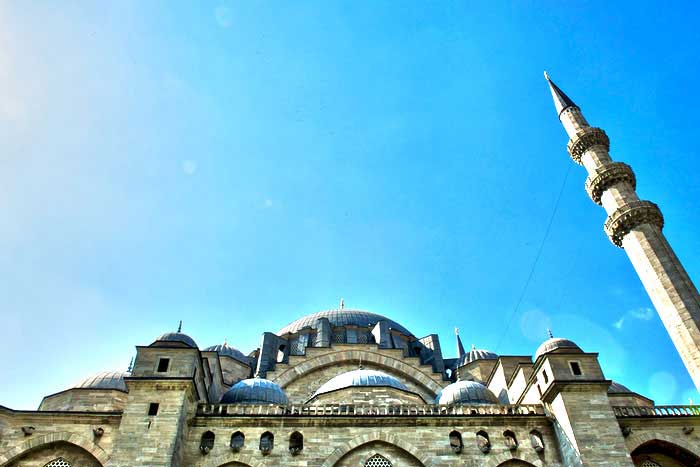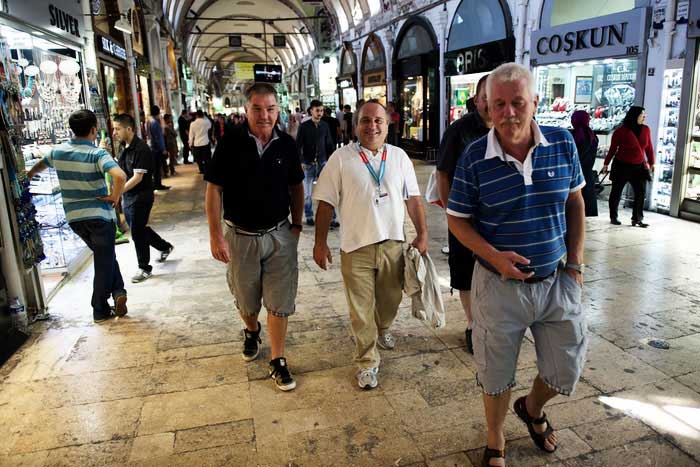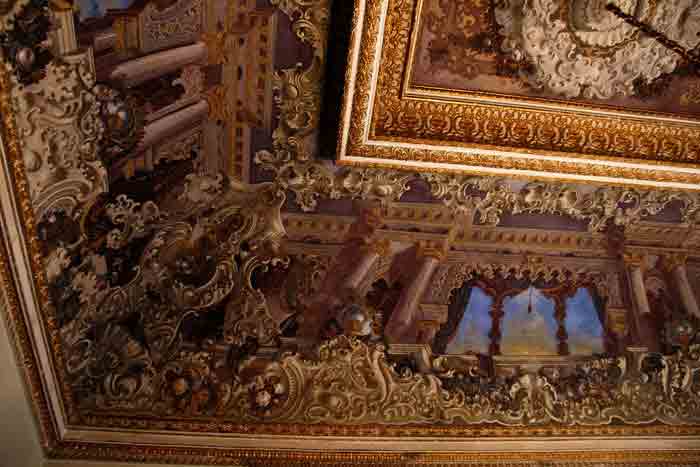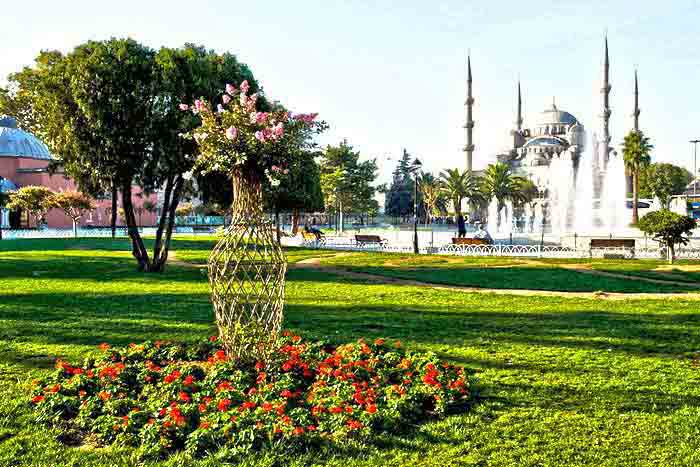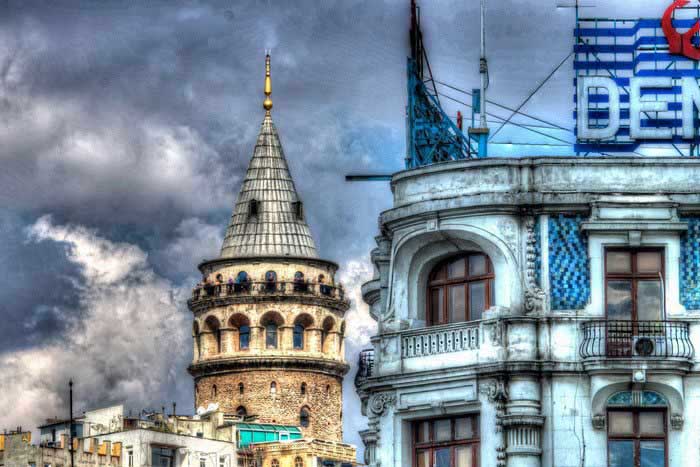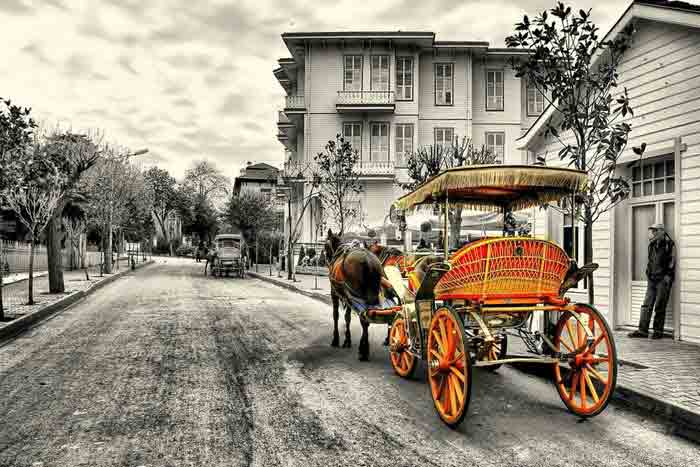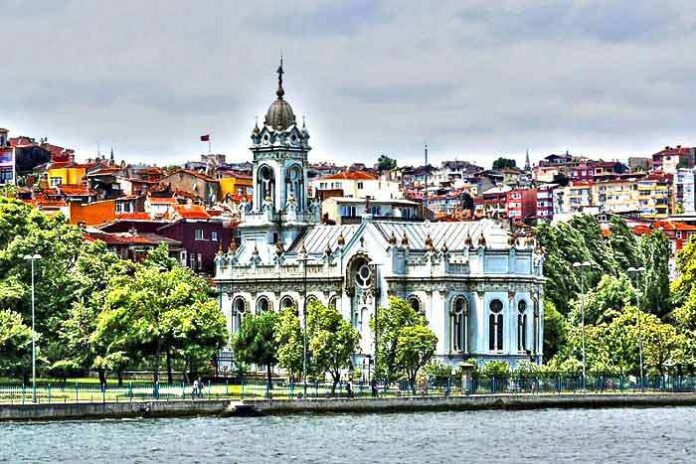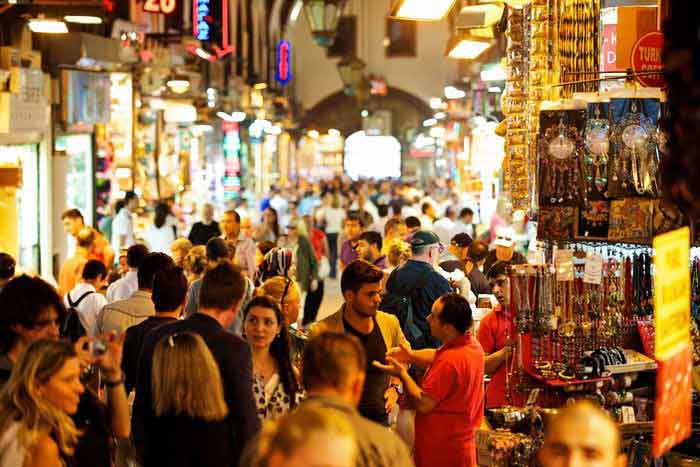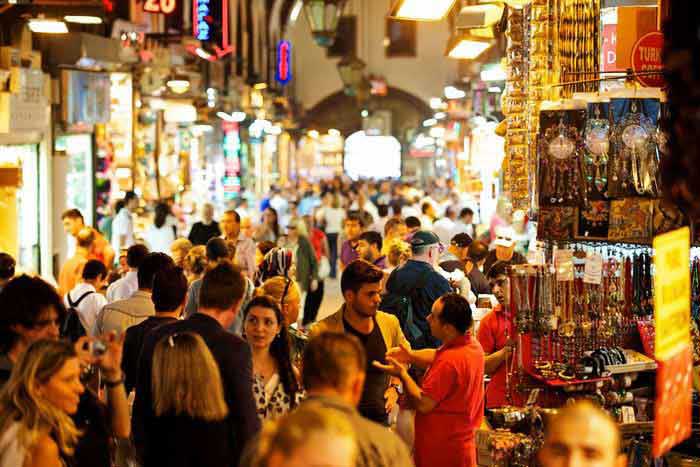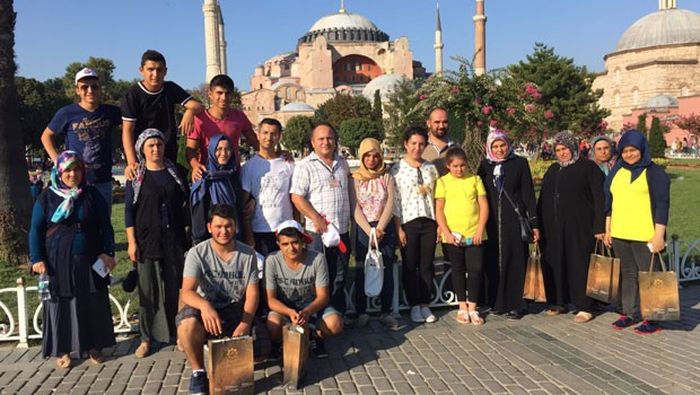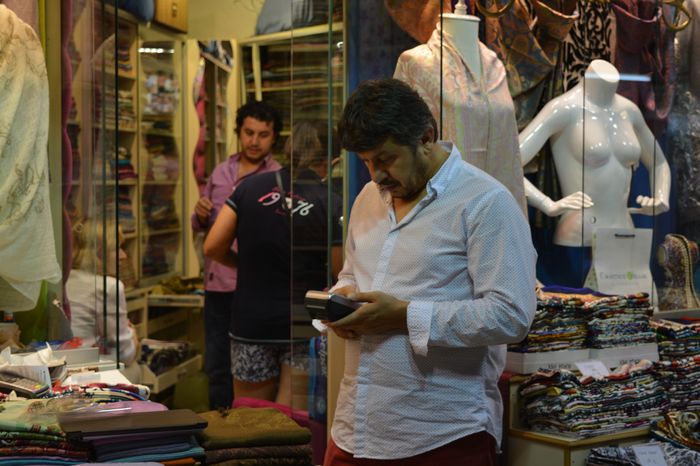Suleymaniye Mosque
Istanbul guided private tours – An architectural masterpiece built in just 7 years
Istanbul guided private tours will take you to this architectural masterpiece created...
Grand Bazaar
Daily Tours Istanbul – The first shopping mall of the world!?
That’s true. The Grand Bazaar is the first mall of the world. It is...
Dolmabahce Palace
A different look at the Ottomans – Guided Istanbul tours
The Palace of Dolmabahce, completed in 1856, is the third largest Ottoman palace in Istanbul. It...
Blue Mosque
A real eye-catcher with the beautifully-arranged cascade of domes
Customized Istanbul tour, Turkey customized sightseeing like to present you the Blue Mosque. It is one...
Galata Tower
Guided Istanbul tour – enjoy the best views of Istanbul!
Pivate guided Istanbul tour like to introduce you the dungeon of the past, the tourist attraction...
Istanbul Fun Tours are great fun
Istanbul Fun Tours are great fun
Istanbul Fun Tours – To have fun during city tour Istanbul is important. It is also so important to...
Istanbul Cultural Tours – Istanbul is the heart of Turkey
Istanbul Cultural Tours – Istanbul is the heart of Turkey
It is not the political capital of Turkey but with the population (approximately 18 million...
Istanbul Religion Tours – The capital of religions
Istanbul Religion Tours – The capital of religions…
Istanbul is what it is because it has something from each religion – Islam, Christianity, and Judaism....
Istanbul shopping tours – shopping paradise
Istanbul shopping tours – shopping paradise…
Istanbul is a shopping paradise for everybody. That’s why we decided to make Istanbul shopping tours. You can find...
Istanbul Custom Tours
Istanbul Custom Tours – Interestanbul
Bosphorus Bridge Top Istanbul is the only city in the world which is settled on two continents. Istanbul is the...
